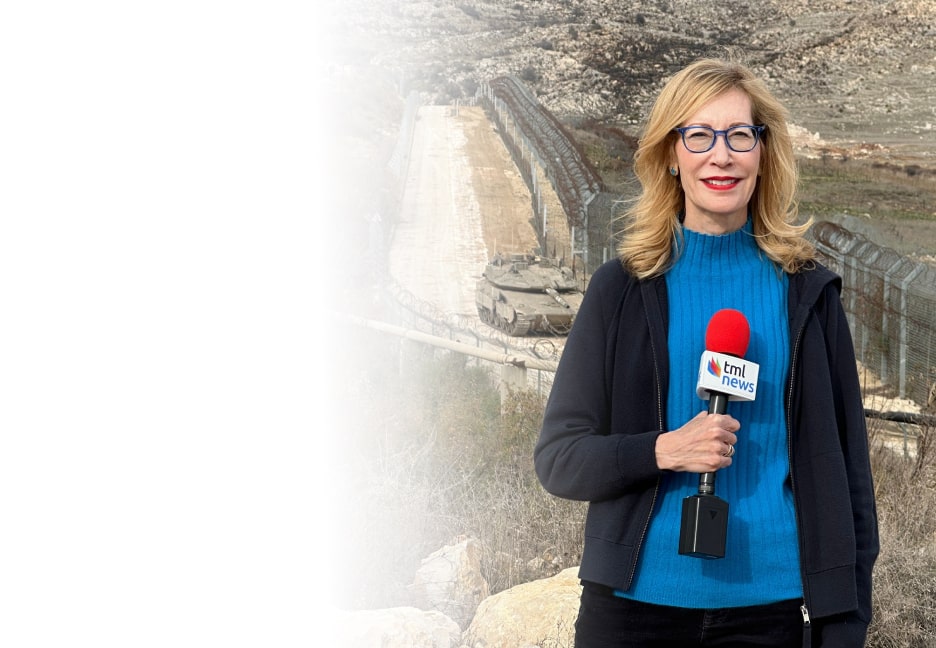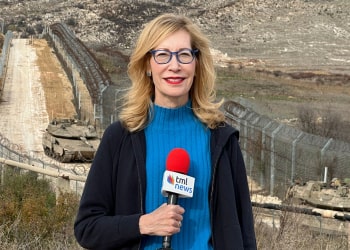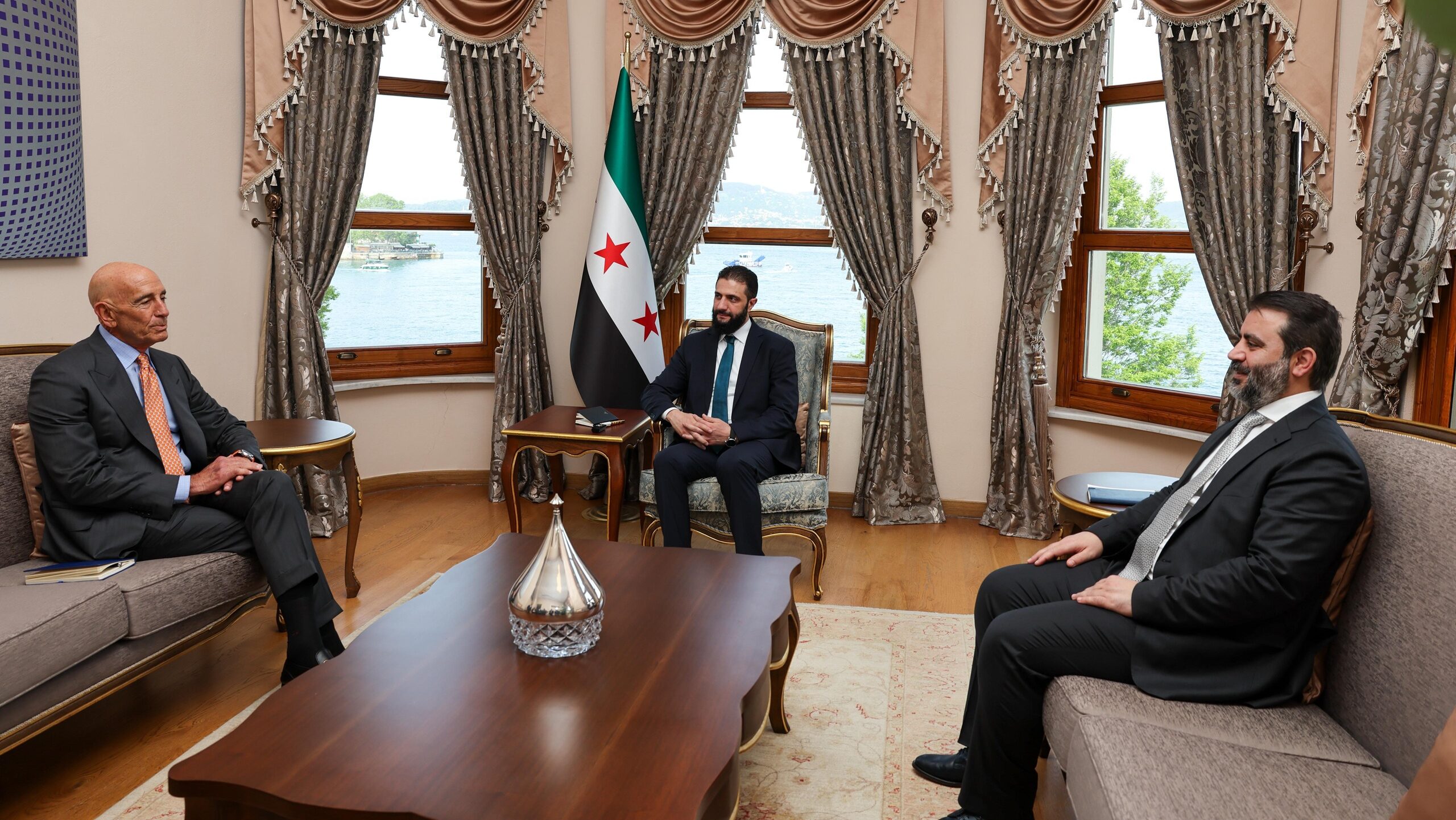Chemical Weapons, Sanctions, and SDF Integration Top Syria-US Agenda
The Trump administration’s reassessment of its Syria policy opens new pathways for cooperation but faces major geopolitical hurdles
[Damascus] Syrian President Ahmed al-Sharaa and Foreign Minister Asaad al-Shaibani held a landmark meeting in Istanbul on Saturday with US Ambassador to Turkey Tom Barrack, who was appointed a day earlier as US special envoy for Syria. They were joined by several senior Turkish officials. The diplomatic encounter marks the most significant engagement between Syria and the United States since the outbreak of the Syrian war in 2011. Observers described the summit as a decisive shift in Syrian-American relations and a potential prelude to reshaping regional power dynamics.
The summit took place during a period of heightened political activity following US President Donald Trump’s recent announcement in Riyadh that sanctions on Syria would be lifted. That decision paved the way for Syria’s return to regional and international diplomacy after years of isolation, economic penalties, and exclusion from global forums.
According to statements by Barrack, the meeting concluded months of behind-the-scenes contacts and focused on several critical issues. The two sides agreed to work toward the complete elimination of Syria’s chemical weapons, pledging coordination with the international community to ensure full compliance with United Nations agreements. They also discussed integrating the Syrian Democratic Forces (SDF) into state institutions, aiming to end institutional separation and dismantle irregular armed groups operating in the northeast.
Counterterrorism efforts formed another central part of the talks. Barrack praised al-Sharaa’s initiatives to combat ISIS, particularly efforts to address the threat posed by “foreign terrorist fighters” and to contain ISIS activity in the Badia desert and border camps. On the economic front, both parties discussed a phased lifting of US sanctions. Initial measures would include easing economic restrictions and creating avenues for humanitarian aid and foreign investment in reconstruction. In exchange, Syria would provide security guarantees and implement administrative and economic reforms to encourage foreign investment, particularly in the energy and infrastructure sectors.
Al-Sharaa also reaffirmed key principles held by the Syrian government. He rejected any proposals to divide the country and reiterated Syria’s commitment to its territorial unity. He also reaffirmed adherence to the 1974 Disengagement Agreement with Israel, signaling to both Washington and Tel Aviv that Damascus is willing to reengage in efforts to stabilize southern Syria. While expressing openness to political cooperation, the Syrian side emphasized that any joint security or economic arrangements must respect Syria’s sovereignty and avoid foreign interference.
This meeting did not occur in isolation from broader regional developments. It came directly after al-Sharaa’s talks with Turkish President Recep Tayyip Erdoğan, suggesting that Ankara may act as a mediator or guarantor in the evolving US-Syria dialogue. The favorable climate surrounding President Trump’s announcement on sanctions relief also hints at deeper diplomatic coordination during the recent trilateral summit in Riyadh involving the US, Saudi Arabia, and Syria.
The Trump administration appears to be reassessing its approach to Syria, shifting toward a more pragmatic strategy after more than a decade of war and sanctions. Amid shifting global power dynamics and waning US influence in some areas, Washington now sees engagement with Damascus as a strategic necessity—to curb extremist groups, limit Iranian influence, and prevent further Russian expansion in the region.
Still, the path to normalization between the US and Syria remains fraught with obstacles. Within the US, Congress is divided, with some lawmakers continuing to oppose rapprochement with the Syrian regime. Inside Syria, opposition factions resist integrating the SDF into state institutions. Domestically, the country faces postwar challenges, including reconstruction and accountability for wartime abuses. Israel is also closely watching developments in southern Syria, particularly any renewed alignment between Damascus and Tehran.
This holiday season, give to:
Truth and understanding
The Media Line's intrepid correspondents are in Israel, Gaza, Lebanon, Syria and Pakistan providing first-person reporting.
They all said they cover it.
We see it.
We report with just one agenda: the truth.


Views on the diplomatic opening vary. Syrian analyst Samer Al-Hassan told The Media Line the meeting represents “a glimmer of hope” for ending Syria’s long international isolation. But he cautioned, “rapprochement with the US must be conditional on preserving the sovereignty of national decision-making and avoiding the imposition of external agendas.”
Al-Hassan added, “Despite positive moves, the issues of lifting sanctions and reconstruction remain complex and require a genuine green light from various US institutions, not just the White House. Furthermore, integrating the SDF into state institutions demands balanced political solutions that guarantee Syria’s unity without turning it into an external pressure tool.”
The Syrian government must balance diplomatic openness with preserving national gains while being cautious that rapprochement does not become merely a tactical step without substantive change in international positions
He concluded, “The Syrian government must balance diplomatic openness with preserving national gains while being cautious that rapprochement does not become merely a tactical step without substantive change in international positions.”
Middle East expert Professor Jonathan Morgan told The Media Line that he views the al-Sharaa-Barrack meeting as “an indicator of a strategic shift in US policy toward Syria, arising from Washington’s realization that sustained isolation only deepens the crisis and creates voids filled by competing regional powers.”
Sustained isolation only deepens the crisis and creates voids filled by competing regional powers
Morgan said, “Cooperation in counterterrorism, elimination of chemical weapons, and facilitating economic investments could help rebuild the state and achieve relative stability in the region.”
He added, “Success in this path depends on both sides’ ability to build mutual trust and overcome political and economic obstacles, especially given the stances of some international parties that might hinder Syria’s reintegration into the international community.”
The meeting between al-Sharaa and Barrack represents more than diplomatic protocol; it signals a substantial shift in US policy toward Syria. Agreements on previously untouchable issues—such as chemical weapons disarmament, SDF integration, and sanctions relief—point to shared interests that could serve as a foundation for broader cooperation.
While the full details of any agreement remain to be tested, continued steps toward building trust could mark the beginning of a new era—not only in Syrian-American relations but across the Middle East.

